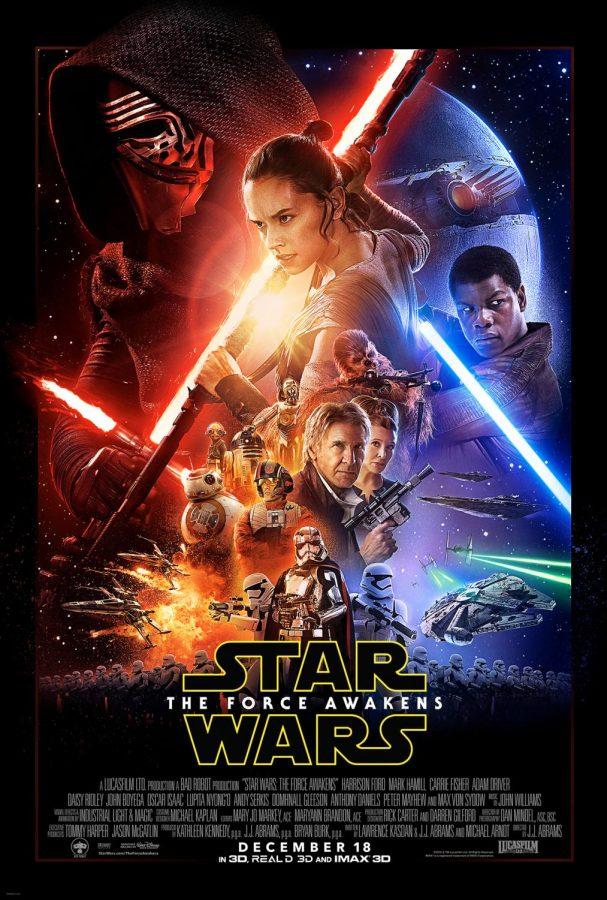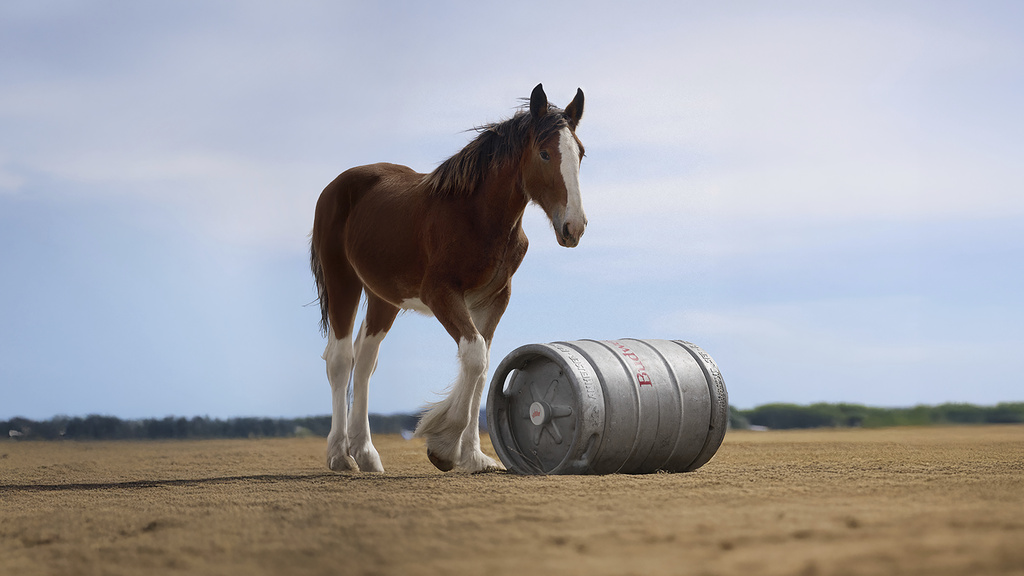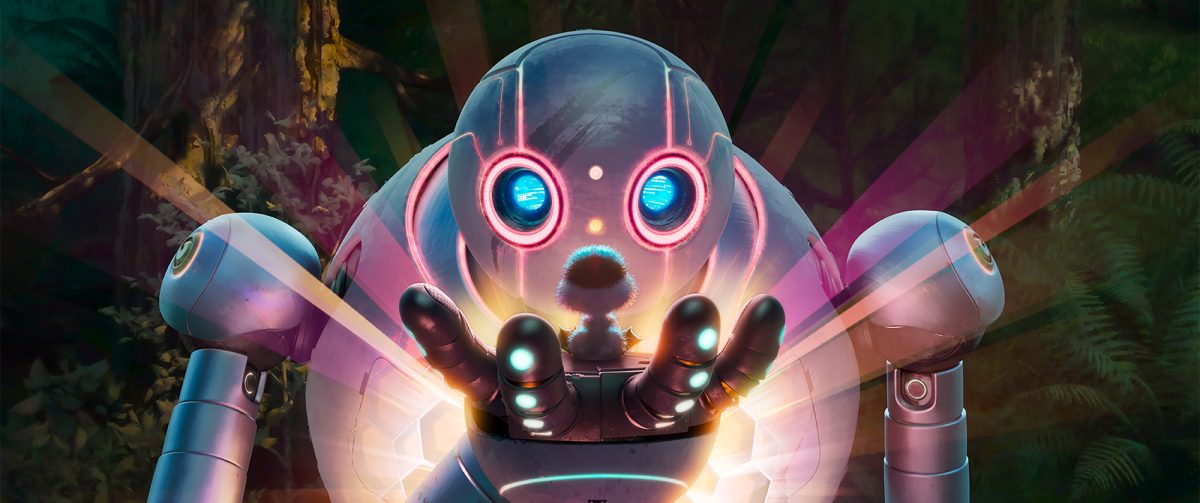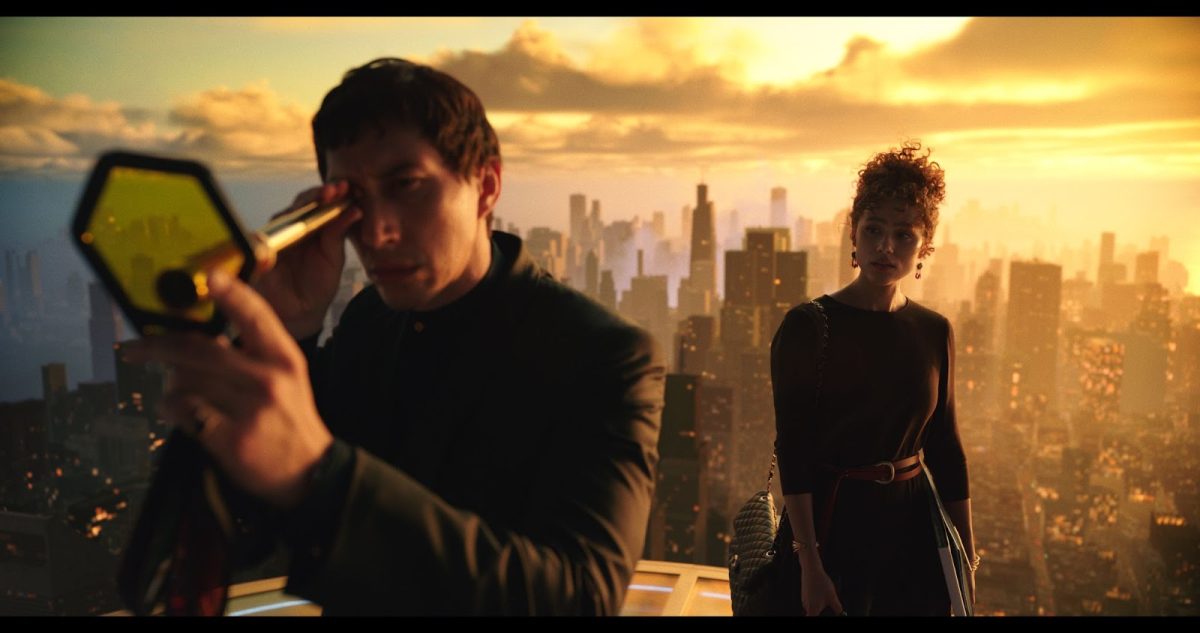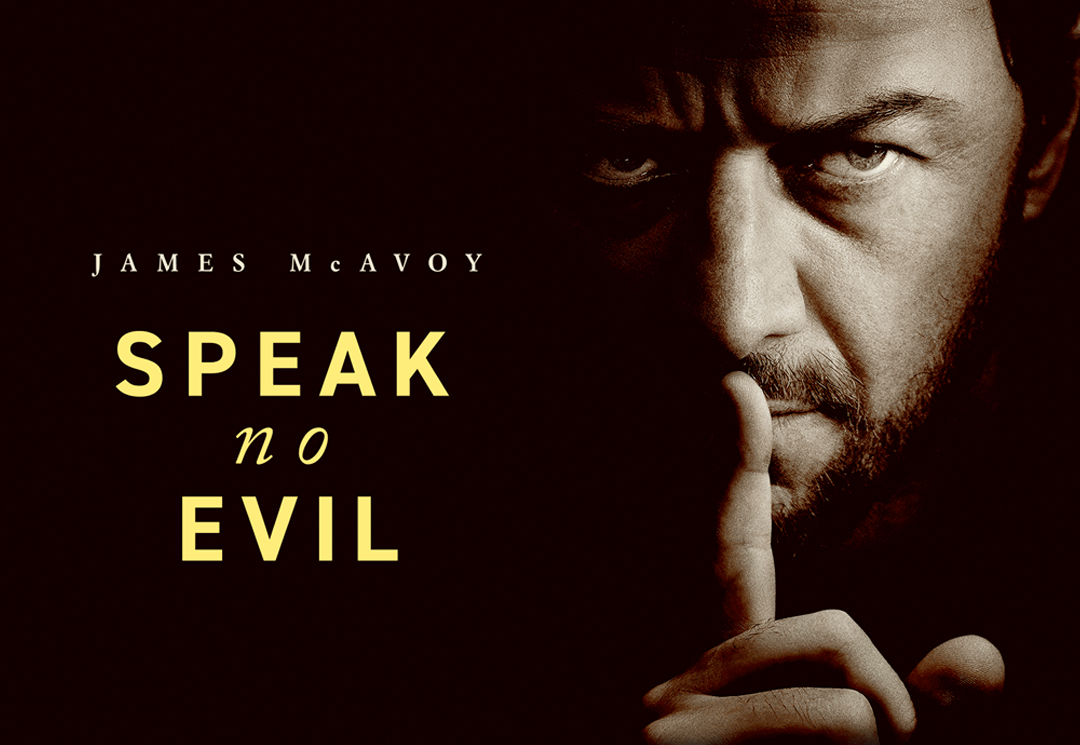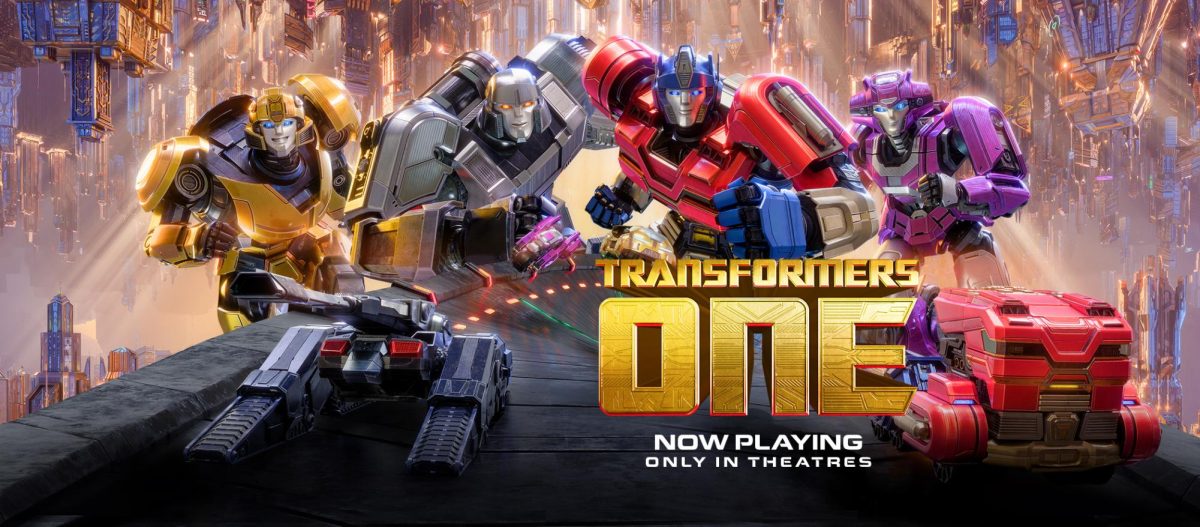Welcome to Spinnaker’s History of Star Wars! To celebrate the upcoming release of Episode VIII: The Last Jedi, we are looking back at the past seven episodes as well as Rogue One all leading up to the review of the new movie. Every day from Dec. 7 to Dec. 15 a new review will be posted. So enjoy, and may the force be with you. Always.
After the release of Episode III, Star Wars would go dormant. That is, until 2012, when Disney purchased Lucasfilm from George Lucas for the modest price of $4 billion. J.J. Abrams was recruited to direct the first Star Wars film in 10 years under new ownership, along with screenwriter Lawrence Kasdan, who co-wrote Episode V and Episode VI.
In 2015, Star Wars emphatically returned with the appropriately titled The Force Awakens, which would go on to earn just shy of $250 million its opening weekend, and over $2 billion to date. Saying it was highly anticipated would be a gross understatement. Amid crushing expectations from both fans and studio executives, Abrams and his team delivered a resounding success.

There was undoubtedly a challenge coming up with a new story to expand upon the events that happened after the original trilogy. And in some ways, that challenge is visible in the film. Its goal was to tell a new story while reminding what was so great about the old one.
The Force Awakens draws heavily from Lucas’ A New Hope. Abrams understandably had a fine line to navigate when it came to creating the new and reviving the old, but nevertheless, he crossed that line a couple times and ventured too far into nostalgia.
Many plot points seem as if they were copy-and-pasted directly from the original script. In Abrams’ defense, that’s essentially what people clamored for after Lucas’ lackluster prequel trilogy. They wanted their original trilogy back, and Abrams gave it to them.
Where The Force Awakens truly shines is in its wonderfully crafted characters and the brilliant actors who portray them. Like A New Hope, Abrams takes three people from very different walks of life and slowly weaves their paths together. There’s Rey (Daisy Ridley), the lonely scavenger on a desert planet, Finn (John Boyega), the fallen stormtrooper, and Poe Dameron (Oscar Isaac) the courageous pilot. Not enough can be said about the actors’ ability to enliven these characters and the writing that endears us to them. It’s a spectacular combination that needed to happen for Episode VII to work.

The three band together (with help from some old favorites) to bring vital information to The Resistance and stop the evil, Nazi-esque First Order and their dreaded Starkiller Base (it’s a Death Star…but bigger).
[Side note: I’m still baffled by the fact that somebody actually pitched the idea of doing a Death Star for the—wait for it—THIRD time, and the story group went with it. It’s a concept for which my eye rolls have become habitual whenever I think about it. God forbid we see another Death Star as long as the saga shall live.]
Abrams was able to give us compelling heroes and villains. Supreme Leader Snoke (Andy Serkis) is shrouded in the mystery of Star Wars mythos. Phasma (Gwendoline Christie), the chrome-plated stormtrooper captain, was underutilized but captivating nonetheless. And, of course, Kylo Ren (Adam Driver), the disgraced Jedi apprentice (and son of Han Solo and Leia) who embraced the Dark Side. He’s a Darth Vader fanboy who stays true to form in acting like an arrogant child with a temper as Anakin Skywalker used to.
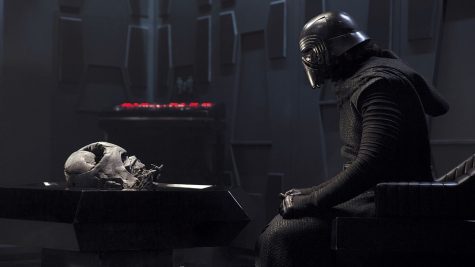
Other stories in Star Wars canon have indicated that Han and Leia weren’t the best parents, not often around when their child needed them. While the full backstory is unknown, somehow, young Ben Solo gradually slipped from their fingers to become Kylo Ren. He’s sad, angry, powerful, and truly believes he has chosen the right path. We’re able to, in a way, empathize with him, even though we wouldn’t necessarily make the same choices he did. Empathy isn’t reserved for heroes, and it is key to making Ren a great villain.
Thanks to these incredible characters, a hopeful (yet perhaps too reminiscent) story, and imaginative visuals, J.J. Abrams’ Episode VII did precisely what it needed to do. It re-captured the essence of the original trilogy and reminded people why they loved Star Wars in the first place, even if it struggled to break free against the weighty mythology.
__
For more information or news tips, or if you see an error in this story or have any compliments or concerns, contact editor@unfspinnaker.com.



